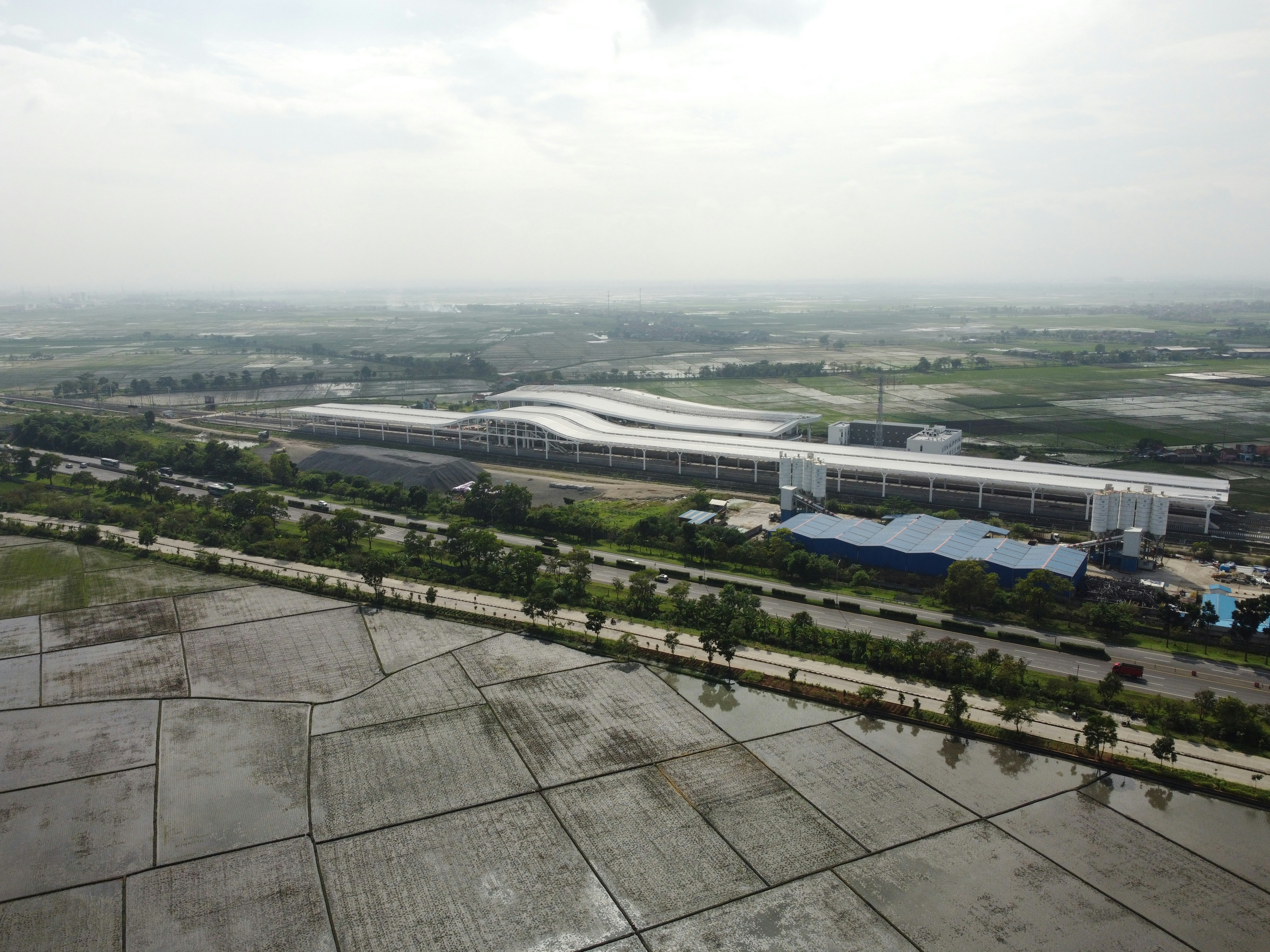
Fingerprint recognition technology has revolutionized the way we authenticate and identify individuals. By analyzing the unique patterns and ridges on a person’s fingerprint, this technology can accurately verify their identity with a high level of certainty. This has made it an invaluable tool in enhancing security and streamlining various processes.
How does fingerprint recognition work?
When a person places their finger on a fingerprint scanner, the device captures an image of their fingerprint. This image is then processed and analyzed by complex algorithms that identify and extract the unique characteristics of the fingerprint, such as ridge endings, bifurcations, and ridge counts. These characteristics are converted into a mathematical representation called a fingerprint template.
The fingerprint template is then compared to a database of stored templates to find a match. If a match is found, the person’s identity is confirmed, and they are granted access or authenticated for a specific purpose. If no match is found, access is denied.
Advantages of fingerprint recognition
Fingerprint recognition offers several advantages over other forms of identification and authentication methods:
-
High accuracy: Fingerprint recognition is known for its high accuracy rates, with a low false acceptance rate (FAR) and false rejection rate (FRR). This makes it a reliable and secure method of identification.
-
Convenience: Fingerprint recognition eliminates the need for remembering passwords or carrying identification cards. A person’s fingerprint is always with them, making it a convenient and hassle-free method of authentication.
-
Non-transferable: Unlike passwords or access cards, fingerprints cannot be easily transferred or stolen. Each person’s fingerprint is unique and cannot be replicated, ensuring a higher level of security.
-
Speed: Fingerprint recognition is a fast and efficient method of authentication. The process of scanning and matching fingerprints takes only a few seconds, allowing for quick access to secured areas or devices.
-
Cost-effective: Implementing fingerprint recognition systems can be cost-effective in the long run. Once the initial setup is complete, there is no need for additional expenses such as card replacements or password resets.
Overall, fingerprint recognition technology has proven to be a reliable and efficient method of identification and authentication. Its widespread use in various applications is a testament to its effectiveness in enhancing security and convenience.
After the decision-making step, the process of fingerprint recognition continues with the final step of Verification or Identification. Verification involves comparing the captured fingerprint with a single template stored in the database, usually associated with a specific individual. This is commonly used in scenarios where the user is claiming their identity, such as unlocking a smartphone or accessing a secure facility.
On the other hand, identification involves searching the entire database to find a match for the captured fingerprint. This is typically used in forensic investigations or large-scale identification systems, where the goal is to determine the identity of an unknown individual.
Once a match is found or a decision is made, the system generates a response, which can be in the form of granting access, displaying a message, or triggering an alarm if an unauthorized person is detected.
It’s important to note that fingerprint recognition is considered one of the most reliable biometric authentication methods due to the uniqueness and permanence of fingerprints. The chances of two individuals having the same fingerprint pattern are extremely low, making it highly unlikely for false matches to occur.
Furthermore, fingerprint recognition systems have evolved to be highly accurate and efficient. They can handle large databases and provide real-time results, making them suitable for a wide range of applications, from personal devices to national security systems.
In recent years, advancements in technology have led to the development of touchless fingerprint recognition systems. These systems use optical or ultrasonic sensors to capture the fingerprint without physical contact, offering a more hygienic and convenient solution.
In conclusion, fingerprint recognition is a sophisticated process that involves capturing, analyzing, and comparing the unique patterns present on an individual’s fingertips. With its high accuracy and reliability, it has become a widely adopted biometric authentication method in various industries, ensuring secure access and identification.
Advantages of Fingerprint Recognition
Fingerprint recognition offers several advantages over other methods of authentication:
-
Unique and Permanent: Each person’s fingerprint is unique, making it highly reliable for identification purposes. Unlike passwords or PINs, which can be forgotten or stolen, fingerprints are inherently linked to the individual and cannot be easily replicated. This uniqueness and permanence of fingerprints make them an ideal choice for applications such as access control, financial transactions, and identity verification.
-
Convenience: Fingerprint recognition eliminates the need for carrying physical keys or remembering complex passwords. Users can simply place their finger on a sensor to gain access, making it a convenient and user-friendly authentication method. Whether it’s unlocking a smartphone, accessing a secure facility, or logging into a computer system, fingerprint recognition provides a hassle-free and seamless experience.
-
Highly Secure: Fingerprint recognition provides a high level of security, as it is extremely difficult to forge or counterfeit a person’s unique fingerprint. This makes it an ideal choice for applications where security is of utmost importance, such as in government agencies, banking institutions, and healthcare facilities. The use of fingerprints as a means of authentication significantly reduces the risk of unauthorized access and identity theft.
-
Speed and Efficiency: The process of fingerprint recognition is fast and efficient, allowing for quick authentication. This is particularly useful in scenarios where a large number of individuals need to be identified within a short period. For example, in airports, fingerprint recognition systems can expedite the immigration process by swiftly verifying the identity of travelers, reducing waiting times, and enhancing overall efficiency.
-
Non-Intrusive: Fingerprint recognition is a non-intrusive method of authentication that does not require any physical contact or invasive procedures. Users simply need to place their finger on a sensor, and the system captures and analyzes the unique patterns and ridges on the fingertip. This makes it hygienic and suitable for a wide range of applications, including healthcare settings, where minimizing physical contact is crucial to prevent the spread of germs and infections.
In addition to these advantages, fingerprint recognition technology has also become more advanced and reliable over the years. Modern fingerprint recognition systems utilize sophisticated algorithms and sensors to accurately capture and analyze fingerprints, reducing the chances of false positives or false negatives. The integration of artificial intelligence and machine learning techniques further enhances the accuracy and reliability of fingerprint recognition systems. Furthermore, the widespread adoption of fingerprint recognition in various industries and sectors has led to interoperability and standardization. This means that fingerprints captured and stored by one system can be used for authentication across multiple platforms and applications, eliminating the need for separate enrollment processes and reducing administrative burdens. Overall, fingerprint recognition offers a secure, convenient, and efficient method of authentication that is increasingly being embraced in both personal and professional settings. As technology continues to evolve, we can expect further advancements in fingerprint recognition systems, making them even more reliable and versatile in the future.
Furthermore, fingerprint recognition technology has also found applications in the healthcare industry. One area where it is being utilized is in patient identification. By linking a patient’s fingerprint to their medical records, healthcare providers can ensure accurate identification and prevent medical errors. This is particularly crucial in situations where patients may be unconscious or unable to communicate.
In addition, fingerprint recognition is being used in the field of education. Schools and universities are implementing fingerprint recognition systems to enhance security and streamline administrative processes. For example, by using fingerprint recognition, schools can accurately track student attendance, automate the process of issuing library books, and ensure that only authorized individuals have access to certain areas of the campus.
Another industry that has benefited from the advancements in fingerprint recognition technology is the transportation sector. Airports and border control agencies are using fingerprint recognition systems to expedite the process of passenger identification and enhance security. By quickly matching a passenger’s fingerprint against a database, authorities can identify potential threats and prevent unauthorized individuals from entering the country.
Moreover, fingerprint recognition is also being applied in the field of forensic science. Forensic experts use fingerprint recognition technology to analyze and compare fingerprints found at crime scenes. This helps in identifying suspects and providing crucial evidence in criminal investigations. Additionally, fingerprint recognition is used to authenticate the identity of individuals in legal proceedings, ensuring that the correct person is present during court hearings and other legal processes.
Overall, the applications of fingerprint recognition technology are vast and diverse, spanning across various industries and sectors. Its ability to provide secure and accurate identification has revolutionized access control systems, mobile devices, law enforcement, financial institutions, time and attendance systems, healthcare, education, transportation, and forensic science.
Introduction to Fingerprint Recognition

Introduction to Smart Grid Technology: Enhancing Efficiency, Reliability, and Sustainability in Electrical Grids
The World of Smart Materials: Properties,Types,Behaviors Prospects
AI for Social Good: Leveraging Artificial Intelligence to Address Societal Challenges and Promote Positive Outcomes
The General Data Protection Regulation (GDPR): A Comprehensive Guide to Data Privacy and Protection

Implementing Machine Learning Operations (MLOps): Streamlining Model Deployment and Management for Success
The API Economy: Enabling Seamless Communication and Data Exchange

DevOps: Streamlining Software Development and Operations for Efficient Delivery







